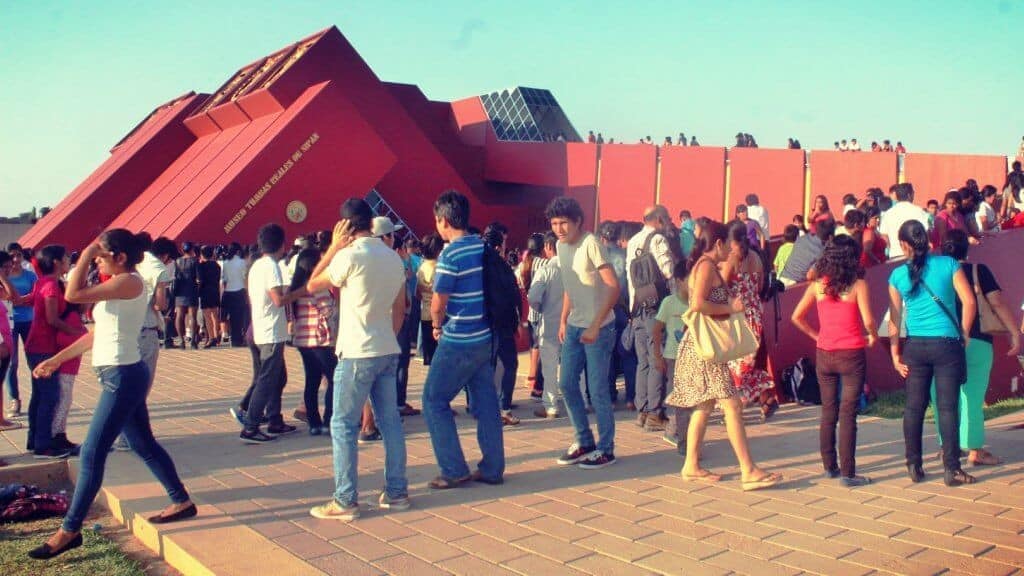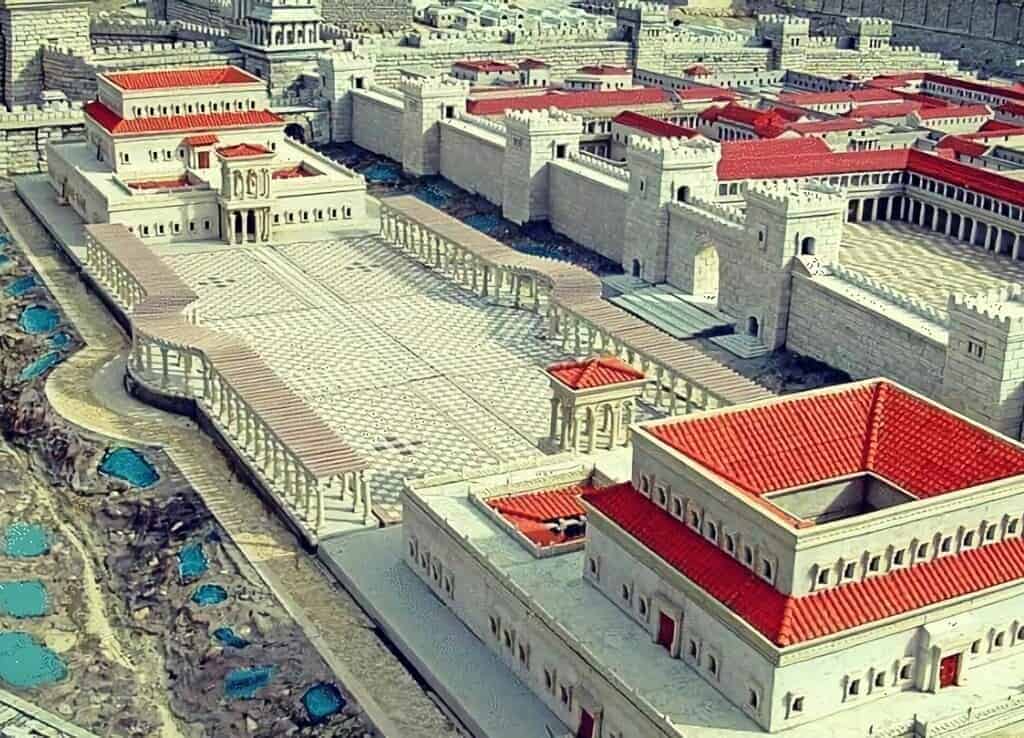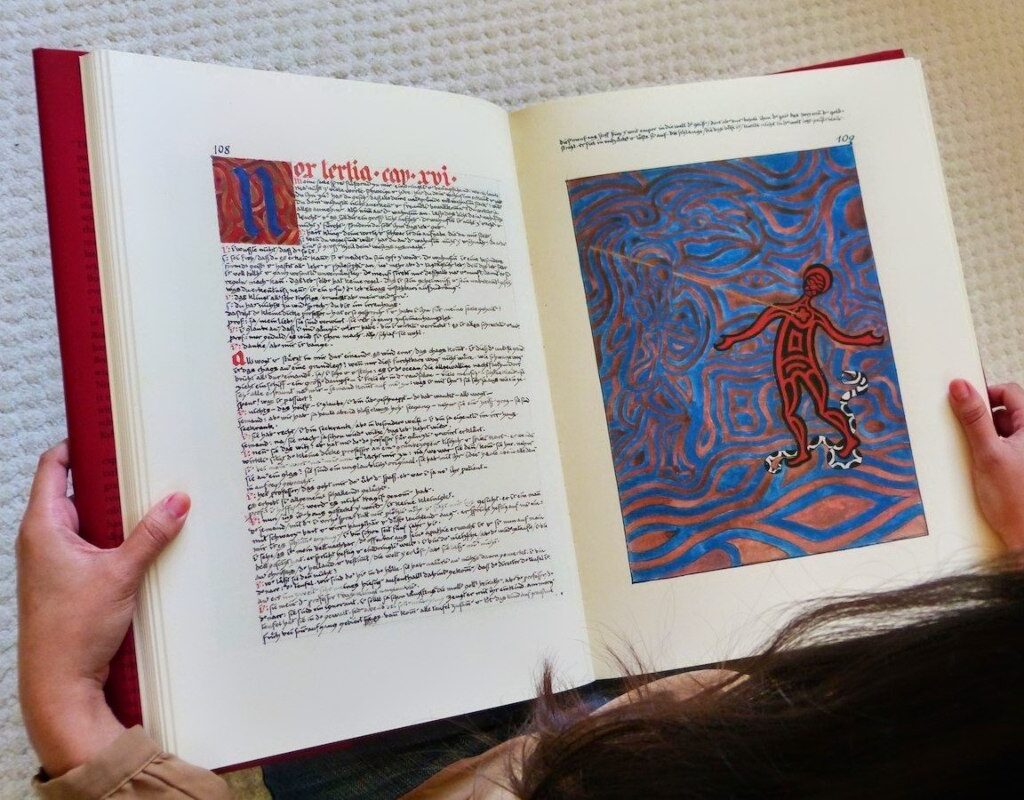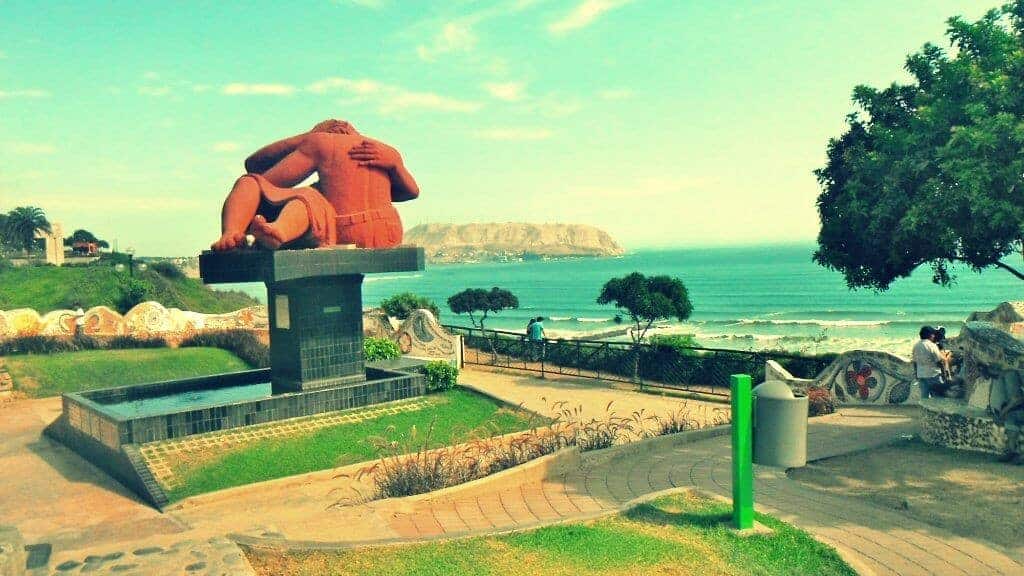In 1987, the discovery of the tomb of the Lord of Sipán revolutionized our understanding of the Moche civilization. The Royal Tombs of Sipán Museum, which opened to house this find, has played a crucial role in revaluing pre-Columbian traditions and their legacy today.
The Discovery That Changed History
In 1987, a team of Peruvian archaeologists, led by Walter Alva, made an unprecedented discovery: the intact tomb of the Lord of Sipán. This find dramatically altered our comprehension of the Moche civilization, one of the most prominent in pre-Columbian America.
The unearthed artifacts, including gold jewelry, emblems of power, and ceremonial attire, not only reflected the wealth and status of this ruler but also provided invaluable insights into the social, political, and religious practices of his era.
This event captured the global academic community’s attention for its magnitude and reignited the interest and cultural identity of Peruvians.
The significance of this burial and subsequent finds in the same area has led to a revaluation of pre-Columbian traditions and their legacy today. The meticulously recovered and preserved objects tell stories of power, faith, and art that continue to resonate powerfully, making the Royal Tombs of Sipán Museum a guardian of Peru’s historical memory.
Conservation and Lessons for the Future
The Royal Tombs of Sipán Museum stands out not just for its impressive artifact collection; it’s also a top-tier center for conservation and restoration. The museum team dedicates itself to preserving the recovered archaeological heritage, using advanced techniques to ensure these relics endure for future generations.
Moreover, the museum has become a space for learning and collaboration, extending its support to archaeological projects in the region and beyond. The institution fosters an environment of academic and practical exchange, offering opportunities for professionals and students to engage in the conservation of cultural heritage.
This work not only preserves the physical objects but also ensures the knowledge and stories they contain are passed on to new audiences.
The museum’s restoration philosophy emphasizes recovering the “historical footprint,” going beyond mere physical conservation to encompass the context and story behind each piece. This thoughtful approach ensures the comprehensive preservation of pre-Columbian cultures’ legacy, offering visitors a deep understanding of their significance.
Royal Tombs of Sipán Museum: A National Treasure Open to the World
The Royal Tombs of Sipán Museum stands as a guardian of an invaluable legacy, inviting exploration of the Moche civilization’s greatness and its enduring influence on contemporary Peru. Visiting this museum is an immersion in history, where each displayed piece tells part of the complex cultural narrative of the ancient Peruvians.
The conservation and restoration work carried out by the museum not only protects these treasures for the future but also serves as a reminder of the importance of preserving our cultural heritage.
Thus, the Royal Tombs of Sipán Museum is not just a place for admiring ancient artifacts but a center for learning and reflection on the richness and diversity of the past.
Visiting this museum offers a unique opportunity to connect with history vividly and authentically, gaining a better understanding of the cultures that laid the foundations of today’s Peruvian society. Through its work, the museum continues to open doors to the understanding and appreciation of a heritage that is undoubtedly a national treasure open to the world.




